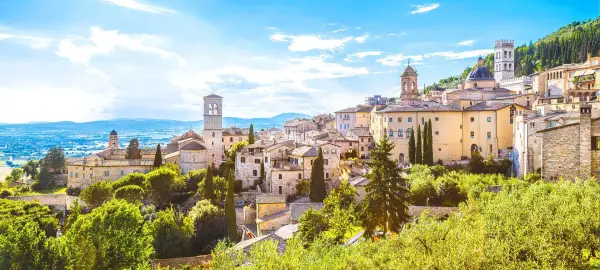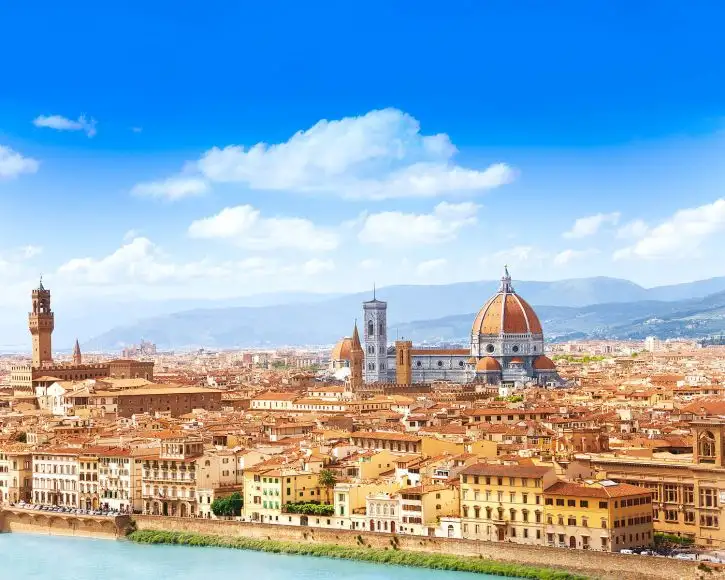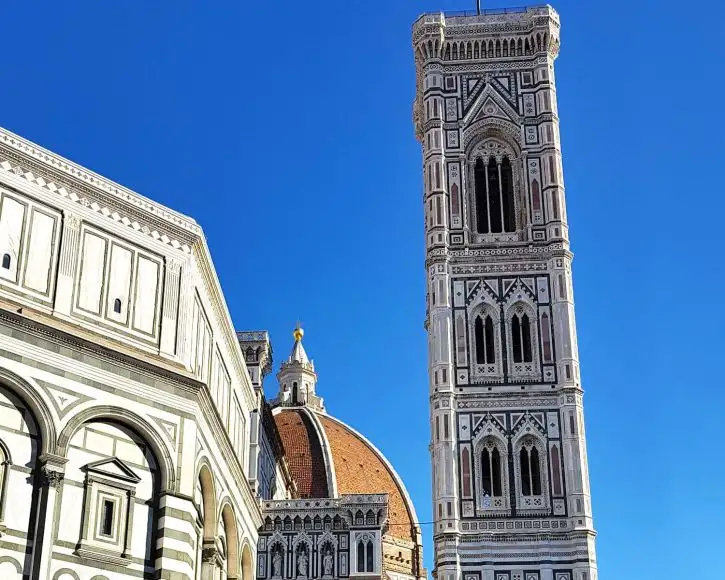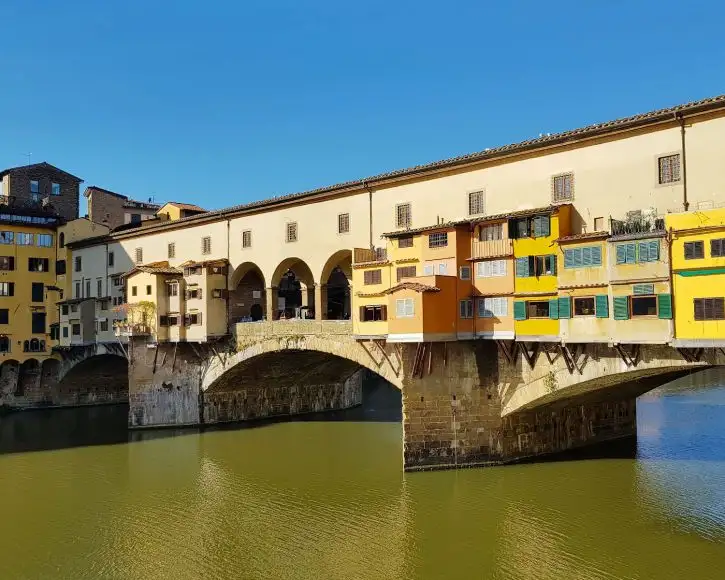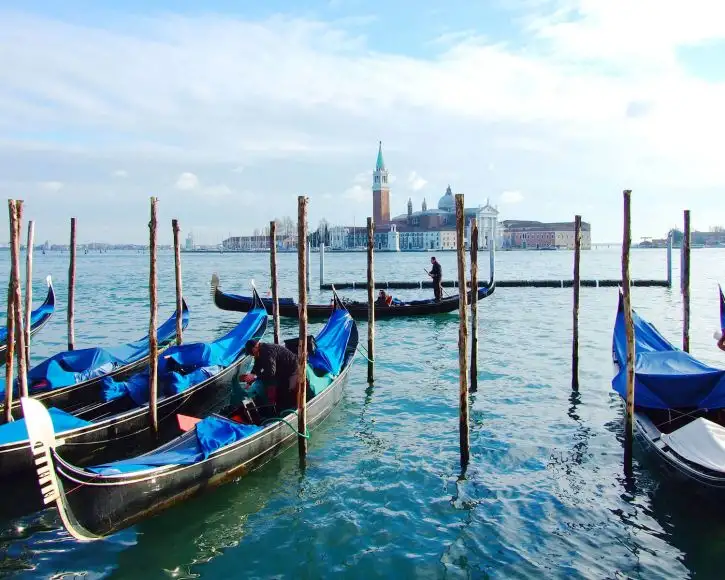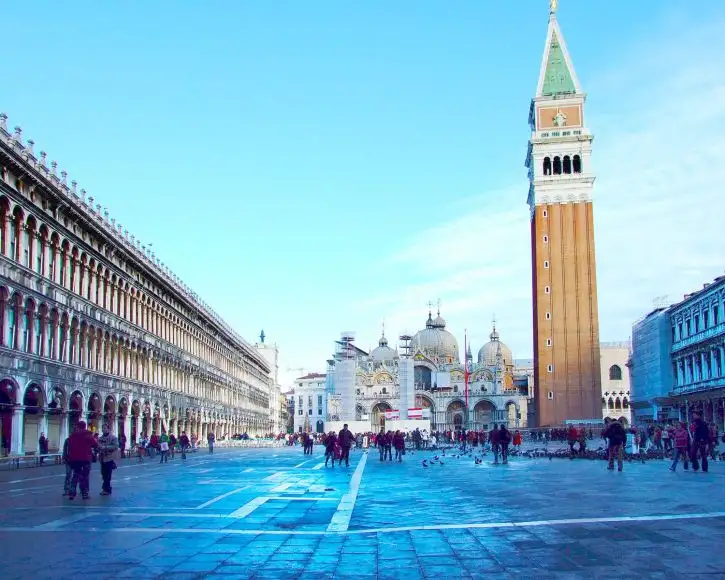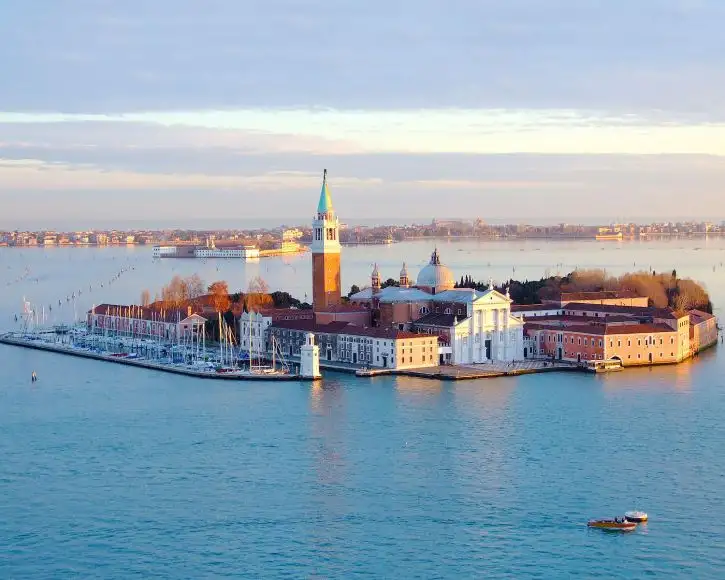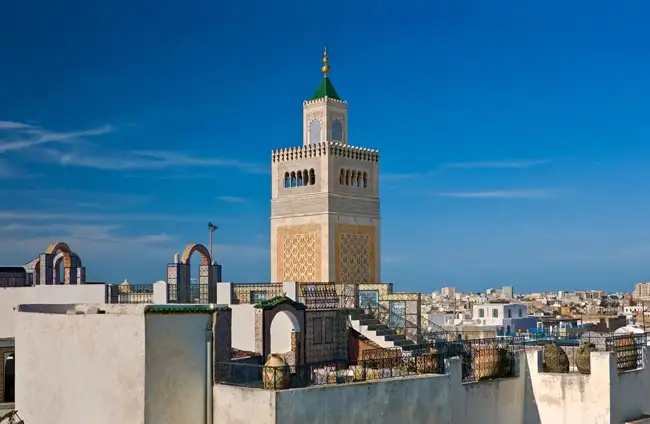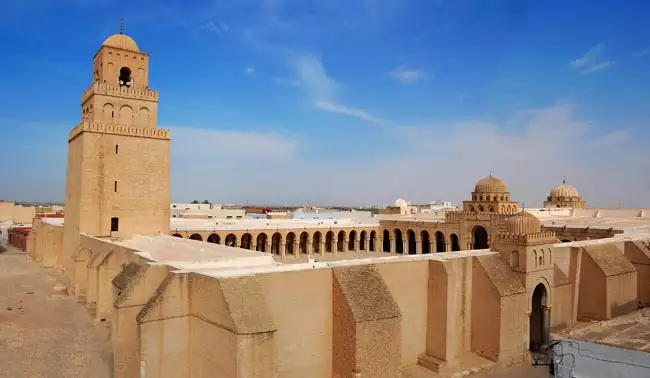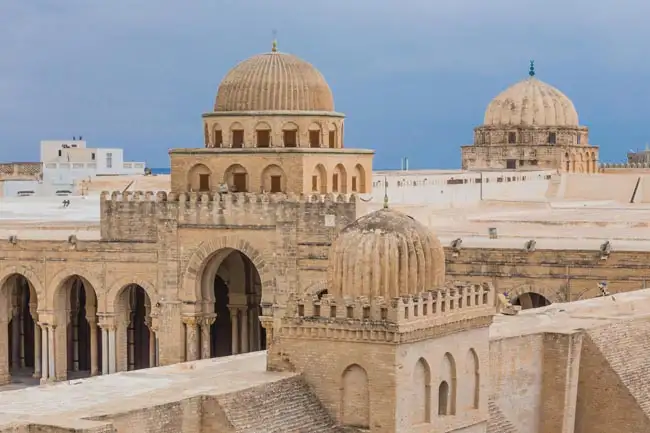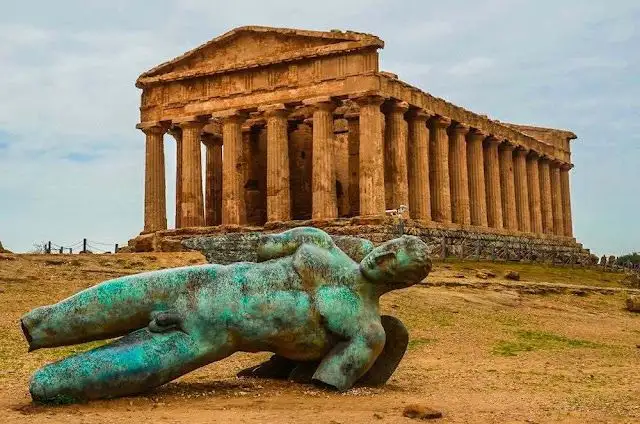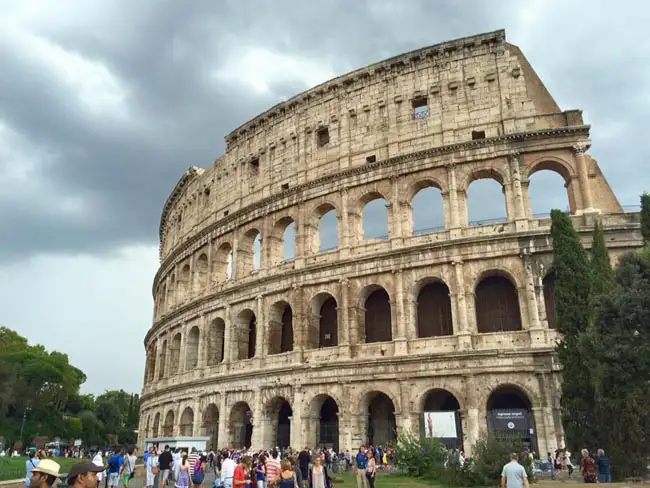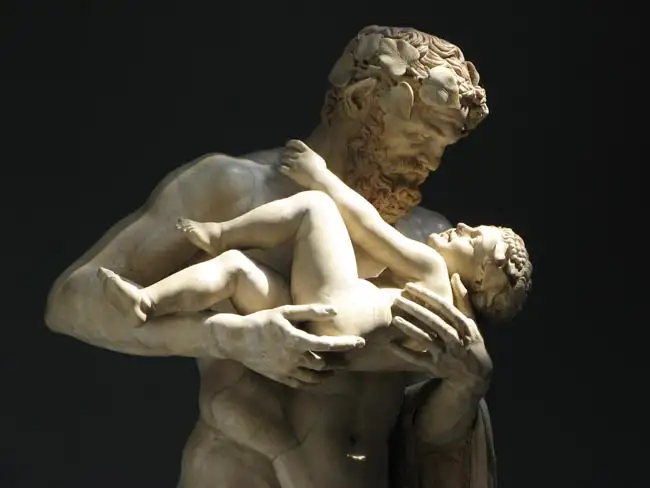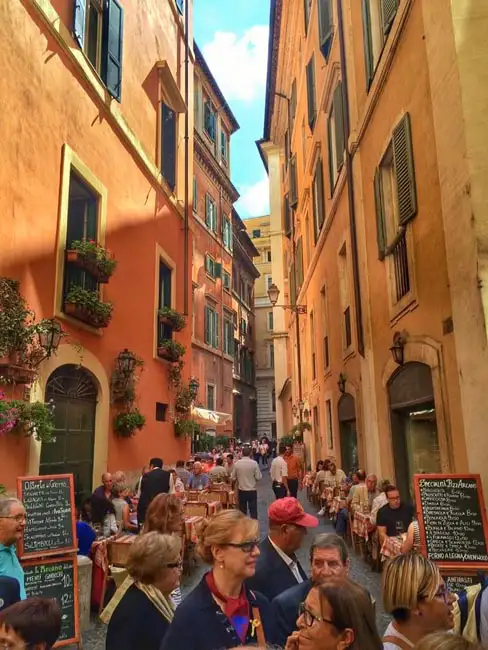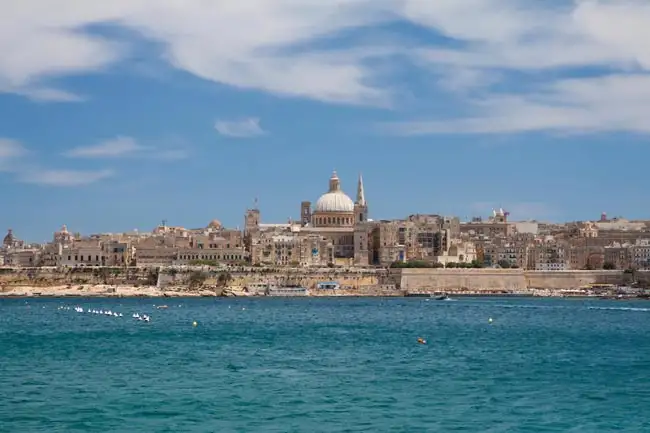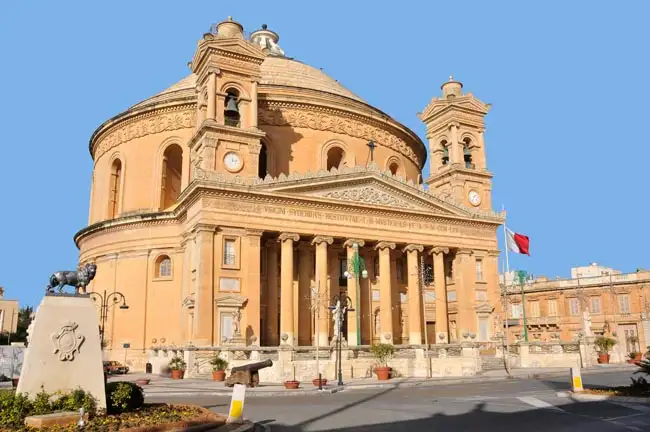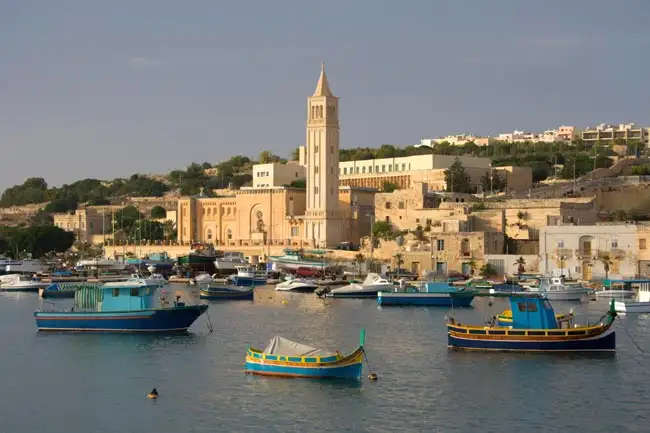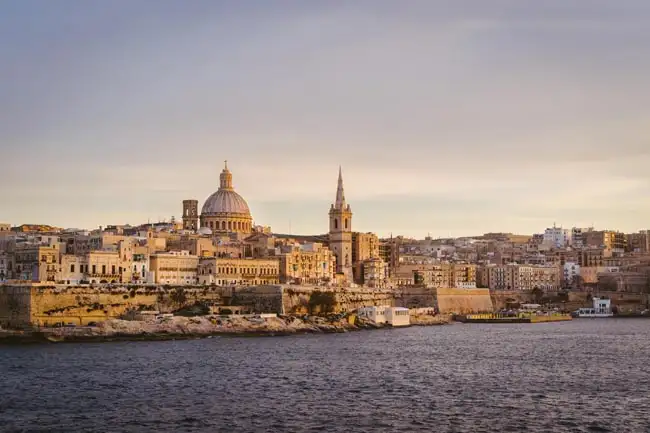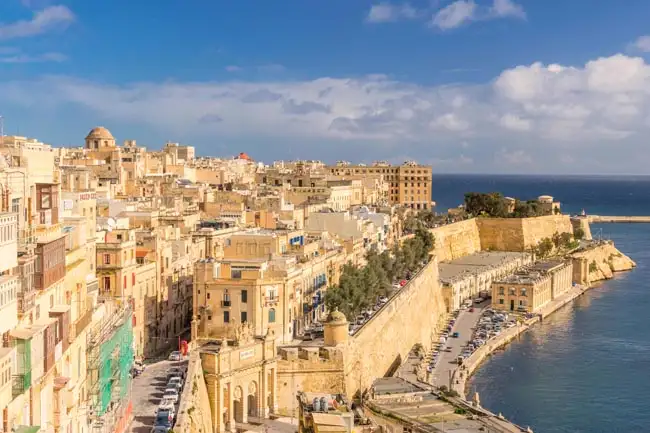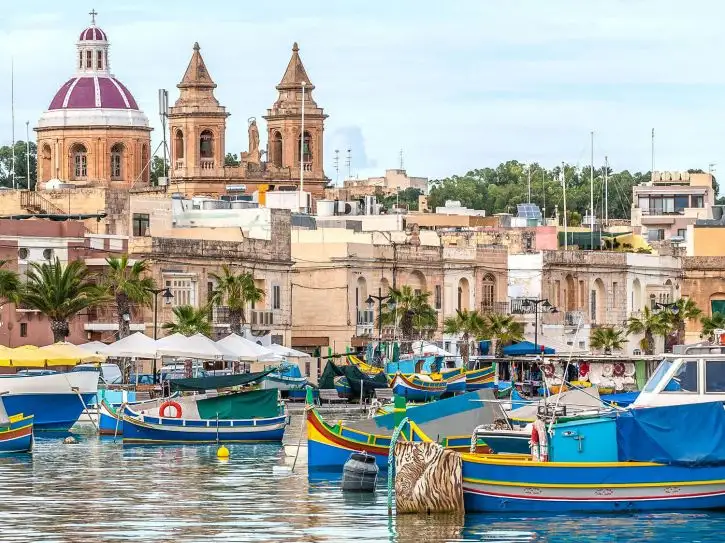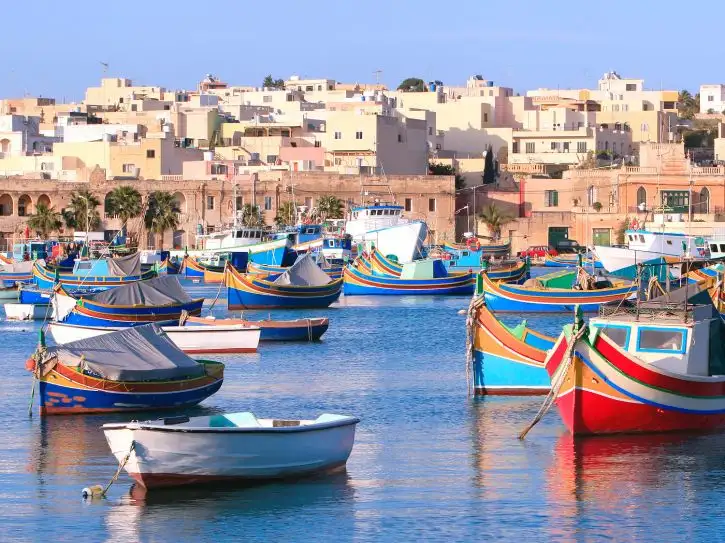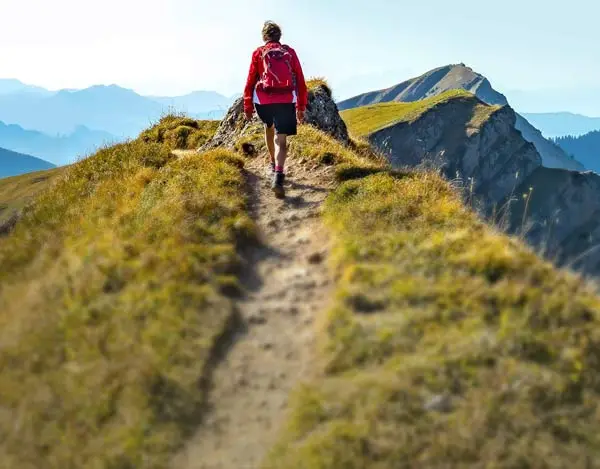Tunisia's fertile northern landscapes unfold around us as we journey southward through valleys that have earned the country its traditional epithet: "Tunisia the Green." Here, ancient agricultural patterns persist—olive groves, wheat fields, and vineyards that have fed civilizations for millennia. Storks perch atop telephone poles and minaret towers, their massive nests testament to the enduring rhythms connecting human settlement with natural cycles.
Monastir introduces us to a unique Islamic institution: the ribat, a fortified monastery where soldier-monks combined religious devotion with frontier defense. Built in the 8th century when Muslim expansion faced Byzantine counterattacks, the Ribat of Monastir exemplifies how early Islamic civilization created institutions unknown in Christian Europe. From its towering walls, we survey coastlines where medieval fleets once launched expeditions across the Mediterranean.
Modern cinema has discovered Monastir's dramatic appeal—this ribat provided locations for Monty Python's "Life of Brian" and Zeffirelli's "Jesus of Nazareth," its ancient stones playing roles in stories spanning religious traditions.
Kairouan, our ultimate destination, holds unparalleled significance in Islamic history. Founded in 670 CE by the Arab general Uqba ibn Nafi, it became the first Islamic city established in North Africa and the fourth holiest city in Islam after Mecca, Medina, and Jerusalem. Seven pilgrimages to Kairouan equal one to Mecca—a medieval ruling that established this oasis as North Africa's spiritual heart.
The Aghlabid Basins reveal how 9th-century engineers solved desert hydrology through monumental public works. These enormous reservoirs, fed by aqueducts reaching 36 kilometres into the surrounding hills, supported a city whose influence extended from Spain to Egypt.
The Great Mosque of Kairouan astounds with its forest of columns—hundreds of marble shafts looted from Roman sites across North Africa and repurposed to support Islam's expanding architectural needs. Each capital differs from its neighbours, creating a museum of classical design within a revolutionary religious context. The mosque's 8th-century minaret, among Islam's oldest, established architectural forms still followed across the Islamic world.
At the Mausoleum of Sidi Sahab, legendary companion of the Prophet Muhammad, we witness how popular Islam transformed austere early mosques into centres of devotional art and architectural splendour.
Overnight in Kairouan
Included Meal(s): Breakfast and Dinner